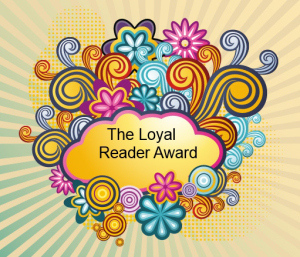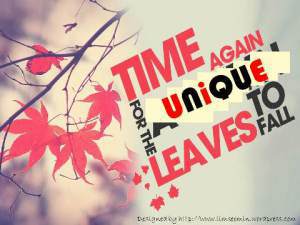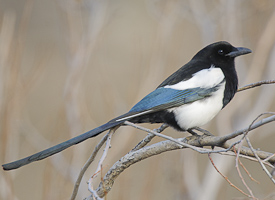
Arr, mateys! Caroline Carlson, Scourge o’ the Seven Seas, is back to answer more of me questions. Strap on yer cutlasses or hoist yerselves a tankard o’ grog and give a listen. Mind the parrot!

Bear this in mind: This be part 2 of our chat about Caroline’s book, Magic Marks the Spot, book 1 of The Very Nearly Honorable League of Pirates trilogy. Ye can find part 1 here if ye missed it.
Magic Marks the Spot sails into port on September 10.
Later, I’ll announce the treasure that awaits one o’ ye. . . . Avast! I see ye trying to skip ahead. Heave to there! Wait for it or walk the plank!

El Space: Why’d ye choose to write about scallywags like pirates?
Caroline: I have always loved pirates—and I should mention here that I’m referring specifically to the grog-swilling, treasure-burying, hook-wielding pirates of literary and cinematic tradition rather than real-life pirates, who were (and are) nothing like the pirates of popular culture. I think there’s something about this pop culture idea of piracy that’s very appealing, especially to kids—setting out in search of adventure and fortune, ignoring society’s rules, and never having to do your homework.
El Space: A fine life, if ye ask me! (Uh, but kids, stay in school.)
Caroline: I’d wanted to write a story about a pirate treasure hunt for ages, and when I visited the medieval Swedish city of Visby, which was once a pirate stronghold, I knew I’d found the perfect setting for my story. Gunpowder Island, the pirate stronghold in Magic Marks the Spot, is loosely modeled on Visby, though it’s really become its own place at this point.
It didn’t take long after that for me to decide that the heroine of this story should be a girl who dreams of being a pirate. Since characters can’t always get what they want, however, I had to come up with a way to keep my pirate girl from achieving her dream. I decided to give her the opposite of what she longed for: a stint at a terribly proper finishing school.
El Space: Yer a clever one and no mistake. How did ye come up with a talking gargoyle?
Caroline: He made his first appearance in my life during my senior year of high school, when he was a minor character in a story I was writing. The story wasn’t all that memorable, but the gargoyle was—he liked to read romantic tales of adventure on the high seas, and he stayed in the back of my mind for years.

A gargoyle in Visby, Sweden. Photo from Wikipedia.
When I started writing Magic Marks the Spot, I realized that I needed someone for my protagonist, Hilary, to talk to in the first chapter as she prepared to go to finishing school. Who would be a better conversation partner than the gargoyle? So I put him over Hilary’s bedroom door and let them chat. Originally, I thought the gargoyle would stay behind and Hilary would recount her adventures to him at the end of the book, but by the time I’d finished writing that first chapter, I’d fallen utterly in love with the gargoyle. I couldn’t bear to stop writing about him! So he went off in Hilary’s luggage, and now he’s in nearly every scene in the book.
El Space: Arr! Glad I am that he is! Since yer character came into yer life when ye were a teen, what advice would ye offer a young writer?
Caroline: Everyone tells young writers to read as much as they can, and that’s great advice, so I’ll say that too. Read! And write as often as you can—school assignments, journal entries, letters, emails, blog posts—but don’t get discouraged if you can’t sit down and write out an entire story just yet. The important thing is to practice.
My biggest piece of advice, though, is to learn as much as you can about everything else in the world that’s interesting to you and that has nothing to do with being a writer. Find out about what’s going on in your town, in your country, and in the rest of the world. Learn a little bit about astronomy, archaeology, animals, architecture, archery, or anything else that’s interesting to you. Visit new places if you can, or take some time to explore your own neighborhood. Learn to play a sport or cook something delicious. All of the new things you learn will be your story fuel. They’ll get jumbled together in your brain, and months or years later, they’ll turn into a great idea for a book.
Sage words! A fine time I’ve had jawing with ye, Caroline! Yer welcome aboard the blog anytime!
For those of ye who signed on to this voyage, if ye haven’t clicked on the links below to preorder Caroline’s book, ye can do so now. And no, ye won’t be made to walk the plank if ye don’t!
Amazon
Barnes and Noble
Powell’s Books
Anderson Bookshop
SPECIAL GIVEAWAY: One of you who comments below will win a $15 gift card (ecard) to Amazon so that you can preorder Caroline’s book. Ye read that right!!! A $15 ecard!
Just comment and ye’ll be entered in the drawing! Of course, this be the honor system, so I won’t be looking over yer shoulder nor can I make ye walk the plank if ye sneak and order something else. But this card is for a preorder of Magic Marks the Spot. The winner will be announced on Sunday. Winners of previous giveaways are not eligible for this drawing. Gives others a chance, ye understand?
Thanks for sailing with us!
Please note: This offer is for today ONLY.
 Author photo by Amy Rose Capetta. Pirate images from ewallpapers.eu. Parrot from animalinformations.blogspot.com.
Author photo by Amy Rose Capetta. Pirate images from ewallpapers.eu. Parrot from animalinformations.blogspot.com.








































